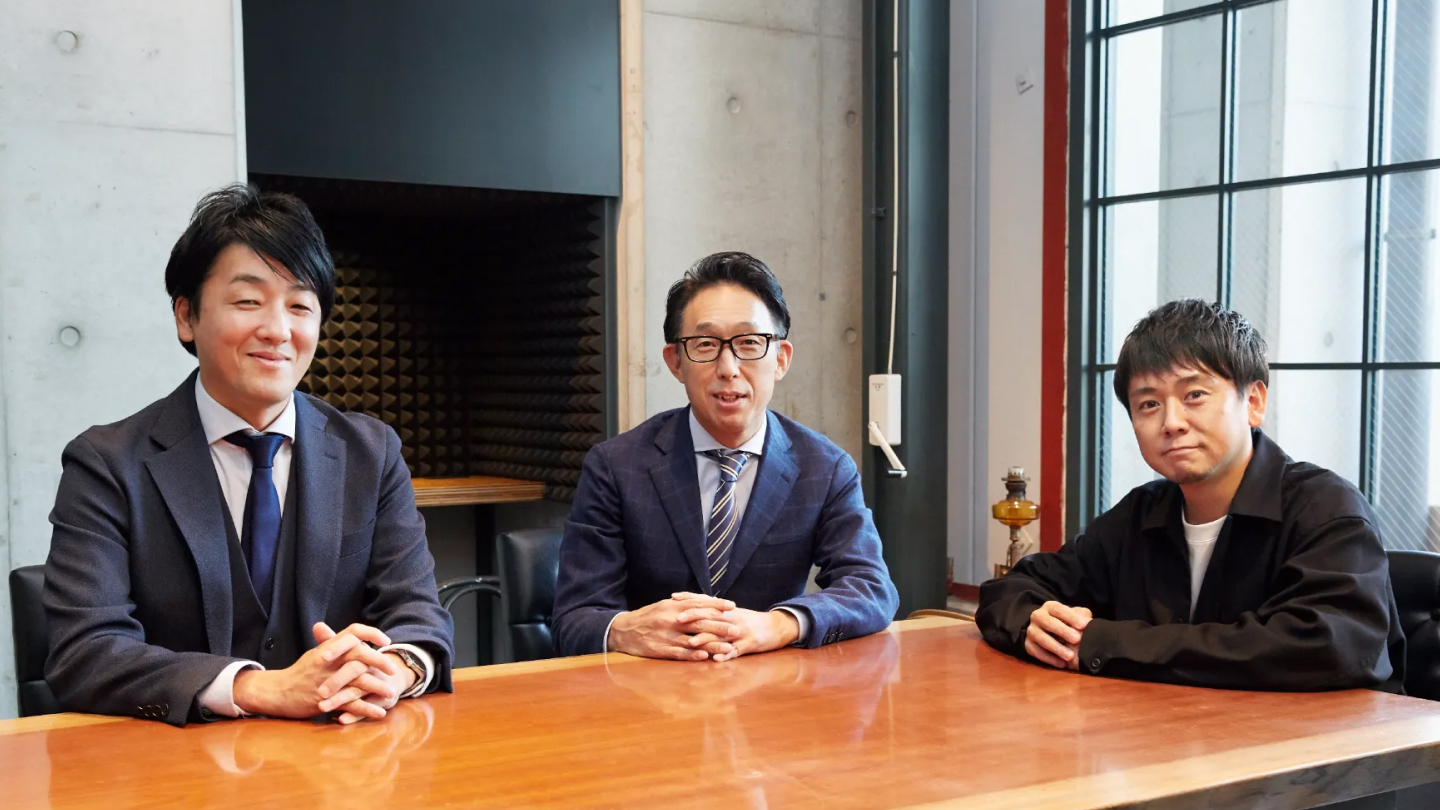Bridging the Gap with Industry Leaders by Seeking a Partner with Rich Expertise
──Could you first tell us why you decided to entrust LampTokyo with the production of digital content, such as company introduction movies?
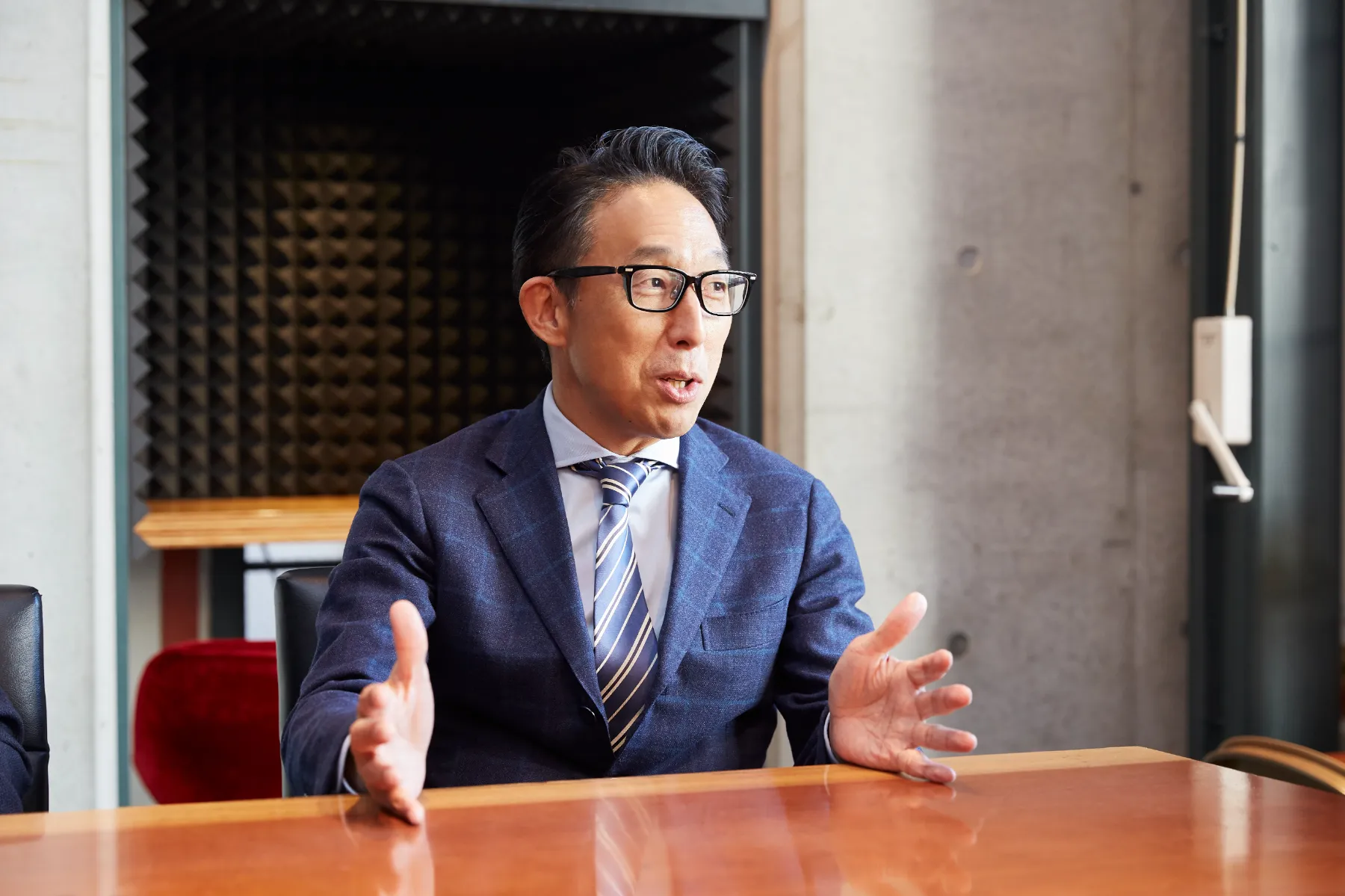
Mikuni: Our Marketing Strategy Division was tasked with implementing Marketing Automation (MA) and establishing its operation. The goal of MA is to acquire customers through digital marketing. This means reaching potential customers across various channels and drawing them to our website and other platforms. However, even if we succeeded in attracting these leads, if we didn’t have compelling content that clearly communicated the appeal of our company and our construction equipment, it wouldn’t lead to actual orders.
But until around 2019, we didn’t have enough of that kind of content. No matter how well we captured the interest of potential customers, we weren’t able to move them into the consideration phase. That’s when we started thinking seriously about bolstering our digital content. However, we lacked the know‑how internally. We felt a growing sense of urgency that if we didn’t do something, we’d continue to fall behind other companies, so we started searching for a partner to help us create digital content.
──What made you realize that focusing on digital marketing was so urgent?
Fukagawa: It was the shift across the entire industry. The construction equipment industry had already been gradually making moves toward digitalization, but the pandemic accelerated this shift sharply. As leading companies embraced digitalization at a rapid pace, we felt a strong sense of crisis that we had to adapt quickly — especially given that we had long relied on in‑person sales.
Mikuni: Absolutely. At that point, we lacked the internal expertise for digital marketing, and the priority for it within the company was relatively low. There was some consensus that the quality of our website’s content was falling short, but it kept being put on the back burner because no one was sure how directly it would affect sales.
So that’s how you came to search for a partner specializing in digital content creation?
Fukagawa: Exactly. It wasn’t a formal competitive process per se, but we reached out to several companies, including LampTokyo, and gave each a small assignment to produce a sample video. In the end, LampTokyo’s output was far ahead of the rest — and not only in terms of quality. We felt a difference in their approach and planning process as well. That’s why, around April 2020, we decided to sign a partnership agreement with LampTokyo.
Content Creation Grounded in the Company’s Vision, Passion, and Culture
── What was it about LampTokyo that set it apart from other companies?
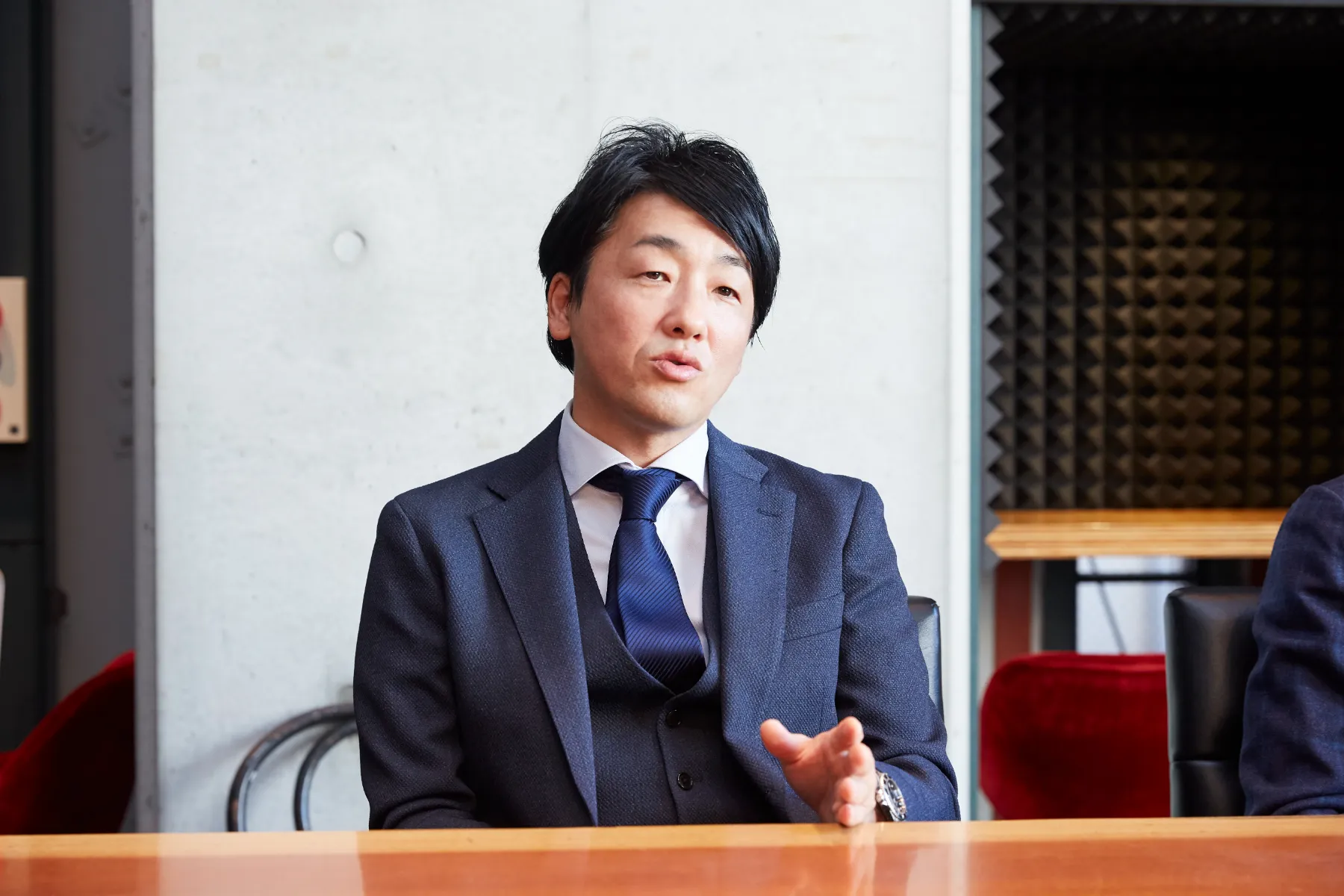
Fukagawa: The biggest difference was that LampTokyo genuinely valued our vision and passion. Instead of just asking, “What kind of video do you want to make?”, Takaki asked deeper questions about the significance of making a video — such as, “What does your company want to aim for, now and in the future, by creating this video?” I found that approach very impressive, and looking back, I realize it was very characteristic of LampTokyo.
──What sort of conversations came out of that?
Takaki: I clearly remember Mr. Fukagawa saying that he wanted to make the construction machinery industry one that engineering students would look up to and aspire to be a part of. Today, if you ask engineering graduates which industries they admire, they’ll often say IT or automotive — and that makes sense, as those industries have a very advanced, attractive image.
But Mr. Fukagawa felt it was a shame that the construction machinery industry wasn’t communicating its own appeal as effectively as it could, despite having just as much to offer as the automotive sector. I felt deeply inspired by that, because as someone who grew up thinking construction machinery was genuinely “cool” and understanding its role in building society, I also felt it was a rewarding field for engineers. So I resonated with Mr. Fukagawa’s sentiment and wanted to help bring that vision to life.
──What other things did you seek to understand?
Takaki: We also tried to understand the company’s culture. Our first assignment was to create a corporate introduction video for Hitachi Construction Machinery Japan. But no matter how sleek or stylish a video is, it’s meaningless if it doesn’t authentically capture the essence of the company. That’s true not only for corporate introduction videos but for any content piece. So first, we aimed to understand the company deeply — what makes it unique, what defines its character.
Through that process, we came to understand that Hitachi Construction Machinery Japan is a company defined by its people — a company that has long thrived thanks to its human-centric approach. In fact, after talking with many of the staff, it became clear that this was their biggest strength. They were genuine, straightforward, and pleasant people to work with. That’s why I proposed focusing the corporate video on the people themselves, making their passions and values the heart of the story.
Fukagawa: Takaki is absolutely right. Our biggest strength has always been our sales force, built upon genuine, down-to-earth people. But in a way, that can also be a weakness. As Takaki put it, many of us are “too honest and too straightforward” — we don’t tend to think much about “making ourselves look good” or “presenting ourselves effectively.” And that has been one of the reasons why we’ve fallen behind in areas like marketing and branding.
──So you felt a strong appeal in LampTokyo’s approach, focusing on capturing that unique culture? Fukagawa: Absolutely. Another big draw was that LampTokyo could handle more than just video production — they offered a one‑stop solution for a variety of content needs.
Fukagawa: Absolutely. Another big draw was that LampTokyo could handle more than just video production — they offered a one‑stop solution for a variety of content needs.
Mikuni: From the very beginning, we were thinking beyond just one video. We kept asking, “Can you also do this? What about that?” and discussing future expansion. We felt LampTokyo had a clear sense of direction, especially when it came to things like social media operations. They gave us the impression that they could handle a broad range of needs meticulously. Making a sleek, stylish video is one thing, but it’s meaningless if it doesn’t authentically reflect the company’s character — and that applies to any piece of content. That’s why it was vital for us to first understand what truly sets the company apart.
Proposing Not Just Company Promotion, but “Industry Branding” as Well
──So you were considering entrusting a broad range of tasks from a very early stage?
Fukagawa: Absolutely. The quality and planning of the very first company introduction video were so impressive that we felt confident we could entrust LampTokyo with much more. In fact, looking back, we put some very challenging demands on them in terms of both budget and schedule, but they handled it flexibly and never once gave the impression that it was too much.
──Takaki, how did you approach the strategy for handling such a wide range of tasks?
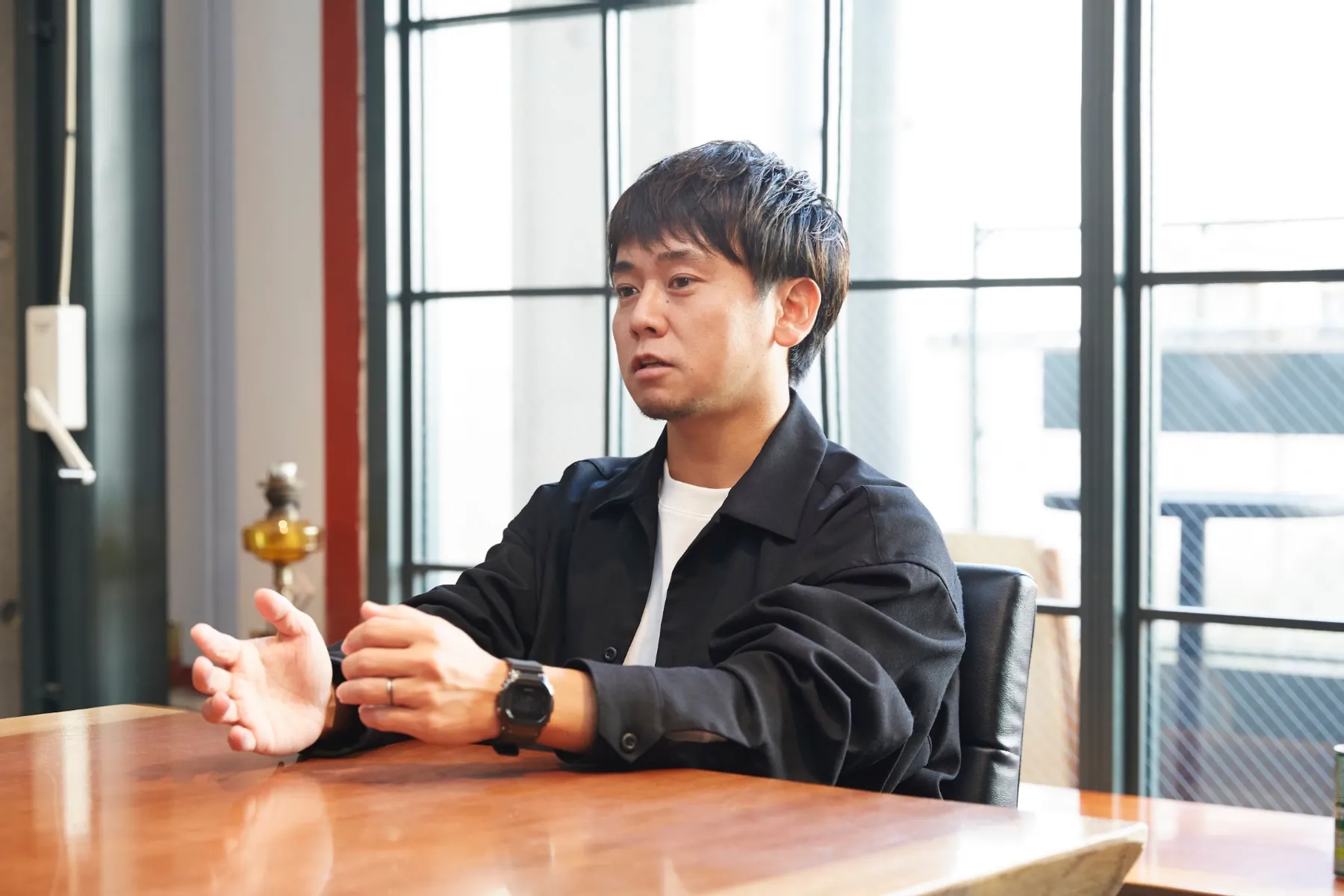
Takaki: As Mr. Mikuni mentioned, we already had a big-picture strategy — using content for marketing automation (MA) to strengthen customer outreach. The focus was on how best to implement that. To be honest, I didn’t have a lot of experience with BtoB marketing myself, so it was a collaborative learning process with the team.
With BtoC, it’s relatively straightforward — platforms like Instagram, YouTube, and Twitter quickly come to mind. But in the BtoB space, the effectiveness of such approaches can be harder to gauge. So the first question we asked was: what kind of video or content would appeal to customers who actually use construction machinery? What would make them click “like” or pay attention?
At the same time, as I mentioned earlier, the purpose of creating content for Hitachi Construction Machinery Japan wasn’t just about boosting sales. The goal was also to make the construction machinery industry itself an attractive and aspirational space for talented engineers. To achieve that, focusing exclusively on current construction industry professionals wouldn’t be enough. So I proposed extending the scope to consumer platforms like Instagram — a move aimed at long‑term industry branding.
──So this was a proposal that kept future talent in mind as well as existing and potential customers?
Takaki: Exactly. An example would be a young person who loves construction machinery seeing a post from Hitachi Construction Machinery Japan on Instagram and thinking, “That’s really cool” or “That’s an industry I’d like to work in.” Helping to inspire that sentiment was one of our core objectives.
A Relationship Where Everyone Feels, “When in Doubt, Just Ask LampTokyo”
──That said, LampTokyo isn’t a particularly large company. Did you feel any concerns about handling such a wide range of content for a major company like Hitachi Construction Machinery Japan?
Takaki: Oh, I absolutely felt a lot of pressure! (laughs) But at the same time, I imagine the team at Hitachi Construction Machinery Japan probably felt some anxiety as well. I say that because I’ve been on the “client side” myself, so I really understand the kind of responsibility marketing staff shoulder.
There’s always a certain amount of apprehension when you work with a smaller agency. If something goes wrong, the person who selected that agency could be held accountable by their company. That’s why we at LampTokyo believe we must stand on the same ground and share that pressure as true partners. Thinking back on it, I’m incredibly grateful that Mr. Mikuni and Mr. Fukagawa placed so much trust in us so quickly.
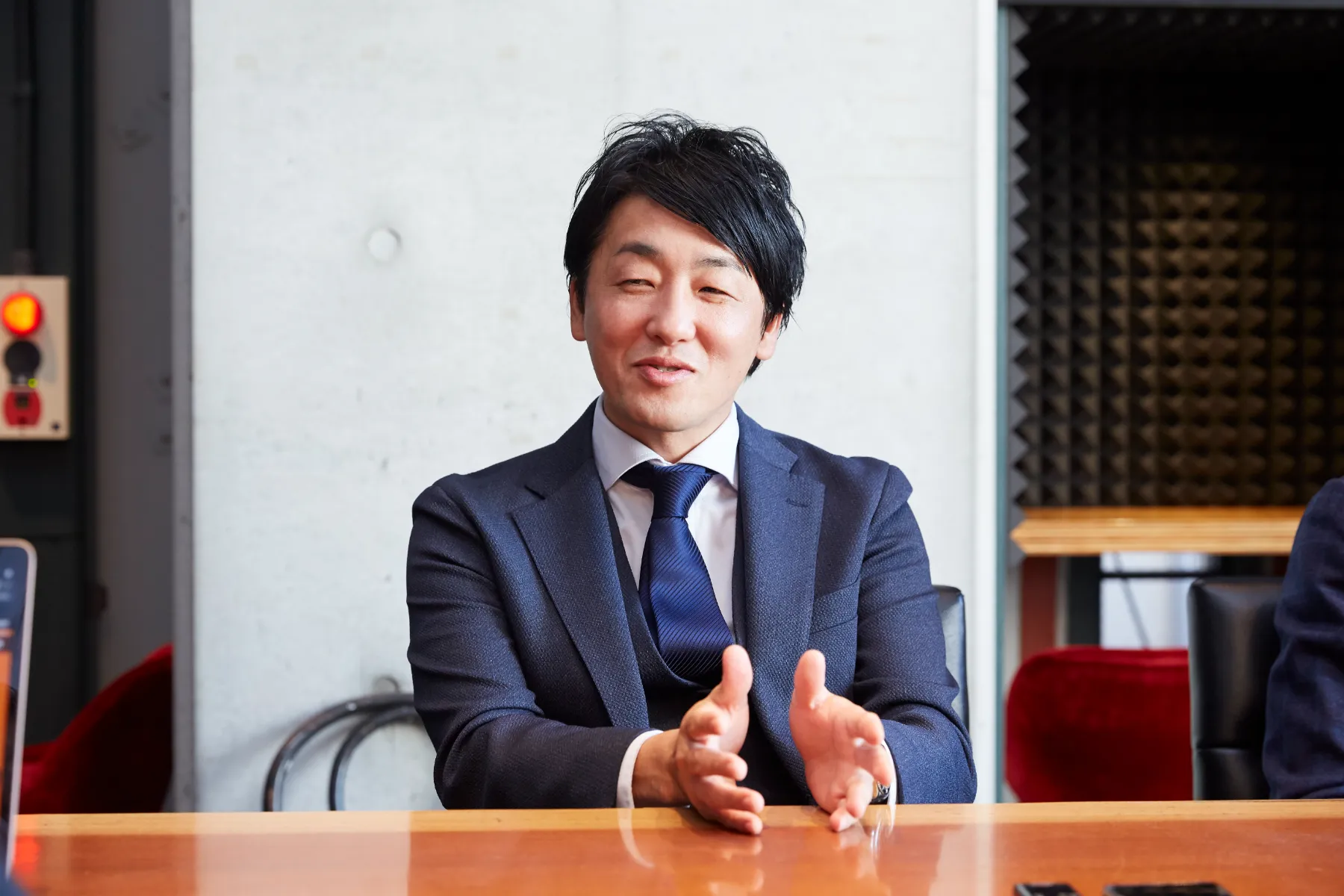
Fukagawa: Just to be clear, we don’t blindly trust any new partner right away. In fact, I think we’re actually quite strict when it comes to evaluating partnerships! (laughs)
──At this point, I assume several projects are underway. How do you coordinate with each other to get things done?
Fukagawa: Let me explain our internal setup first. We have a total of 14 people involved in digital marketing, 8 of whom are dedicated full-time to it. When we generate ideas, it’s often through open brainstorming — very exploratory discussions. I think we’re actually quite a creative organization compared to others in our industry.
But the truth is, even when we come up with interesting ideas, we don’t always have the knowledge to develop them into full-fledged campaigns. That’s where LampTokyo comes in! (laughs)
Takaki: We receive all sorts of inquiries every day — from “We’re thinking about trying something like this…” to “This project we launched has hit a snag…”.
Mikuni: And it’s not just the two of us who communicate with Takaki on a daily basis. If any of our team members want to consult with LampTokyo, we encourage them to reach out freely. Whether it’s someone in their second year or in management, we foster direct communication and collaboration on projects.
We also work closely and frequently with the rest of the LampTokyo team — not just Takaki. I think we’ve been able to build a strong partnership, team to team, at the organizational level.
Demonstrating the Power of Digital Content Internally Is Crucial
──From the outside, it seems like many of your projects are progressing smoothly. Are there any challenges you’re facing?

Mikuni: If I had to name one, it would be “clearly demonstrating the results of our initiatives within the company.” Digital marketing — especially content creation — doesn’t always produce immediate, dramatic results. That said, unless we effectively leverage digital strategies, we can’t expect significant growth, and we risk falling behind the times.
That’s why it’s crucial for us to clarify and communicate how our ongoing projects are contributing to the company. Marketing automation (MA) is all about the numbers — specifically, “how much revenue did it help generate?” And we’ve already seen some tangible results.
For example, our company website, which we renewed in April 2020, has seen its page views roughly double compared to the same period the previous year. It proves that if you provide content your customers want to see, they’ll engage with it.
However, it’s still difficult to directly quantify how much those page views have contributed to actual sales. Content like our company introduction video or Instagram campaigns are tied to branding efforts, which makes measuring ROI even trickier. Moving forward, we want to invest more in building systems that demonstrate how various digital contents are impacting the company. That’s something we’re also currently consulting with LampTokyo about.
Takaki: When it comes to branding, “results everyone can agree on” can ultimately only be proven through data and research. But if you have a solid strategy and continue to execute various initiatives, I believe there will be undeniable outcomes — even beyond survey data — that people will genuinely feel and recognize.
“Still a Castle Built on Sand.” Embedding Digital Marketing into the Company’s Culture
──It’s been about a year and a half since you began pushing these projects forward. How do you feel about the progress so far?
Fukagawa: Honestly, I feel a tremendous sense of achievement. It might sound self-congratulatory, but over the past year and a half, we’ve executed a massive volume of work at a remarkable pace together with LampTokyo. In addition to producing more than 20 videos, we’ve created over 300 web pages.
And the impact is certainly becoming visible. When I meet with peers from other companies in our industry, they often say things like, “What’s going on with Hitachi Construction Machinery Japan? Your digital marketing is on another level.” As Mikuni mentioned earlier, branding efforts don’t directly correlate with profit, and the results can be hard to quantify, but we can tangibly feel that public perception is beginning to shift.
──What are your future goals with LampTokyo moving forward?
Fukagawa: We’ll definitely continue to create video content that supports our marketing and branding efforts. Beyond that, we want to strengthen the digital content on our website. We’re now looking to explore how we can use non-video content to spark customer interest in our products and enhance their purchasing motivation.
Mikuni: I’d also like to collaborate on offline initiatives. We regularly exhibit at trade shows and other in-person events, and I hope LampTokyo can support us in those real-world promotional efforts as well. Of course, it might not happen immediately — for either our internal team or LampTokyo — but working together offline, not just online, would be incredibly reassuring.
──Compared to when you first started these marketing and branding efforts, it seems like you’ve made tremendous progress.
Mikuni: We have. But we still see ourselves at the beginning of the journey. Everything we’ve built so far could be described as “a castle built on sand.” In other words, if something were to change, things could collapse quickly.
That’s why we need to ensure that even if team members change, digital marketing remains a core strength of Hitachi Construction Machinery Japan — one that can continue to deliver results.
Fukagawa: That’s why this year is a critical one for us. We want to lay the groundwork for being recognized — both inside and outside the company — as a business with a strong capability in digital marketing. And to do that, we absolutely need LampTokyo’s support. We’re excited to continue tackling big goals together.
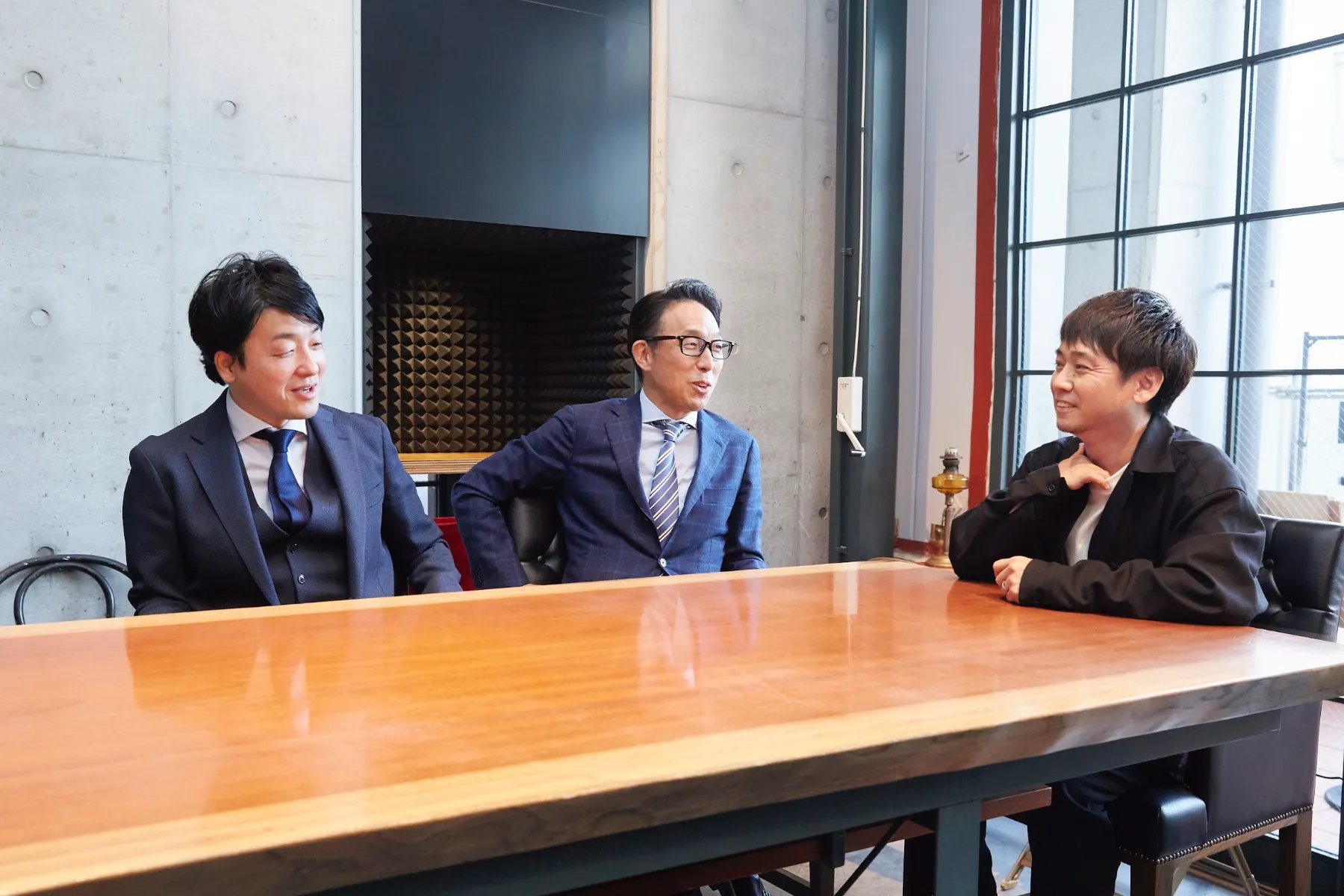
Interview & Text: Ryotaro Washio
Photography: Takuro Ogawa
Cooperation: Hitachi Construction Machinery Japan Co., Ltd.
https://japan.hitachi-kenki.co.jp/






